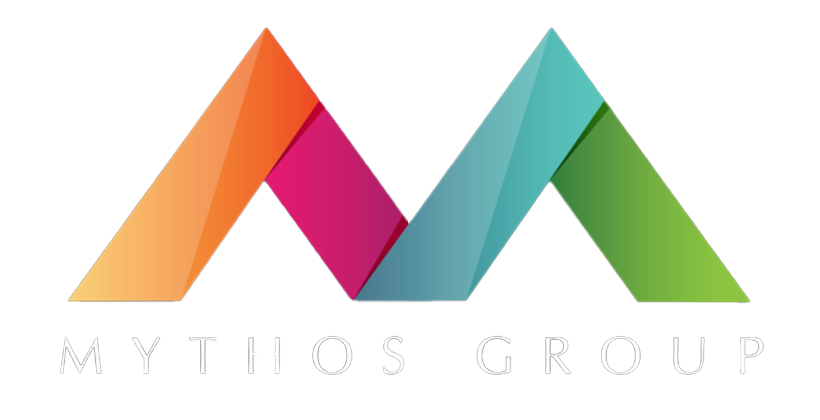Stanford’s SyntheMol platform generated designs and synthesis pathways for six novel antibiotics in under nine hours. Traditional pharmaceutical companies have explored only 0.0000001% of possible drug molecules across their entire history.
Meanwhile, AI-driven platforms achieve 80-90% success rates in Phase I trials while traditional drug development suffers 90% failure rates despite $83 billion in annual R&D investment.
The pharmaceutical industry’s economic foundation is undergoing fundamental disruption. Companies must immediately evaluate their AI capabilities and strategic positioning, or risk permanent marginalization in this rapidly transforming landscape.
The Federal Funding Reality
Federal investment patterns challenge core assumptions about pharmaceutical economics and pricing justification. Government research shows 99.4% of drugs approved from 2010-2019 received taxpayer funding totaling $187 billion, with average costs of $1.34 billion per target for basic research.
NIH investment provided $2.9 billion in cost savings per approved drug when accounting for industry’s capital costs. This reveals a disconnect between public investment in foundational research and private capture of commercial returns that AI transparency will expose to increased scrutiny.
Government commitment extends beyond historical funding to strategic infrastructure development. The NIH’s $130 million Bridge2AI program creates standardized datasets and frameworks that democratize computational capabilities. Small organizations gain access to sophisticated discovery tools previously reserved for large pharmaceutical companies.
When drug discovery becomes computationally predictable through government-funded infrastructure, traditional pricing models face structural pressure. Companies must shift from uncertainty management to computational efficiency and therapeutic precision.
Computational Superiority
Traditional pharmaceutical companies explored only 0.0000001% of possible drug molecules across their entire history. This limitation reflects computational constraints rather than synthesis capabilities, creating opportunities for AI systems that navigate vast molecular possibilities systematically.
Recursion processes 2.2 million samples weekly while generating 65 petabytes of biological data, identifying patterns beyond human analytical capabilities. Clinical development data reveals traditional inefficiencies that AI addresses through predictive modeling.
Industry invests $81 billion annually in clinical trials with 90% failure rates while AI-discovered molecules demonstrate 80-90% Phase I success rates. Machine learning reduces antibody discovery timelines by 50% and clinical trial recruitment from 18 months to 9 months through superior patient identification.
Patents protect specific molecular structures, but AI systems computationally design around existing intellectual property in hours. This makes discovery speed and systematic exploration more strategically valuable than individual compound protection. Harvard’s TxGNN model demonstrates this by suggesting treatment applications across 8,000 drugs for more than 17,000 diseases.
Regulatory Alignment
The FDA’s first AI guidance for drug development in January 2025 establishes frameworks that accommodate computational validation while maintaining safety standards. The guidance emerges from over 500 submissions with AI components since 2016 and extensive stakeholder feedback.
FDA Commissioner Robert Califf emphasized AI’s “transformative potential to advance clinical research and accelerate medical product development,” signaling government recognition that computational approaches offer superior risk-benefit profiles. The regulatory framework’s risk-based approach enables sponsors to demonstrate AI reliability through transparent documentation.
Federal agencies systematically replace traditional research paradigms with computational alternatives. The NIH ended funding for animal-only studies while promoting computer modeling and AI alternatives. Bridge2AI creates standardized datasets that make advanced tools accessible to organizations previously lacking computational resources.
Platform Economics
Insilico Medicine’s advancement of ISM001-055 from target identification to positive Phase IIa results in 30 months validates emerging platform economics models. This represents 5x acceleration compared to traditional approaches while demonstrating dose-dependent efficacy improvements.
Platform economics fundamentally differs from traditional models built around product portfolios and uncertainty management. Recursion and Exscientia merged into a $688 million platform with over 10 clinical programs. Isomorphic Labs secured partnerships with Eli Lilly and Novartis worth $3 billion, demonstrating how traditional companies pay for platform access rather than developing proprietary molecules.
Strategic positioning reveals three categories with different value capture potential:
Platform Controllers (10% of companies) develop proprietary biological programming capabilities and discovery platforms, positioning to capture 80% of future industry value.
Platform Partners (30% of companies) provide specialized manufacturing and distribution capabilities while retaining 15% of value.
Platform Subjects (60% of companies) continue traditional approaches, likely capturing only 5% of remaining value.
Early platform adopters establish network effects and computational advantages that compound over time, making traditional uncertainty management expertise a strategic liability.
Biological Programming Revolution
Stanford’s structure-based drug discovery research demonstrates how AI leverages molecular architecture to design therapeutics through computational optimization rather than experimental iteration. Researchers combine machine learning with structural biology to predict binding interactions and engineer antibodies with precisely defined properties.
This treats molecular design as engineering with predictable outcomes rather than discovery dependent on empirical observation. Harvard’s AI in Medicine doctoral programs train students to develop technologies that analyze massive biomedical datasets, ensuring future leaders understand biological programming languages rather than relying exclusively on traditional chemistry.
The transition from molecular discovery to computational design creates competitive dynamics where companies mastering algorithmic development capture disproportionate value while traditional organizations face margin compression. Platform-based companies deliver superior outcomes at reduced costs by eliminating uncertainty through systematic validation.
Pharmaceutical development increasingly resembles software engineering where competition focuses on algorithmic sophistication, data quality, and computational efficiency rather than laboratory infrastructure. Companies optimize for systematic success through computational validation before expensive clinical testing, fundamentally altering risk profiles and development economics.
Strategic Implications
The pharmaceutical industry’s traditional business model depends on an economic premise that AI transparency challenges: drug discovery requires massive uncertain investments, justifying premium pricing for successful treatments. Federal funding analysis and AI success rates undermine this foundation.
When discovery becomes computationally predictable through government infrastructure, pricing models based on private risk assumption face scrutiny from payers, regulators, and patients who understand actual development costs. Platform economics rewards organizations that engineer systematic success through computational validation rather than managing stochastic failure through portfolio diversification.
Competition focuses on algorithmic capabilities and proprietary datasets rather than traditional assets like compound libraries and clinical infrastructure. Companies that master biological programming languages enabled by government AI infrastructure position themselves to control therapeutic innovation.
Organizations recognizing this transformation early will prosper by leveraging government-funded computational infrastructure to achieve systematic breakthroughs. Companies resisting digital transformation will discover their uncertainty management expertise provides no competitive advantage when artificial intelligence delivers engineered solutions with predictable outcomes.
The emerging certainty economy transforms relationships between public investment, private development, and patient access to therapies. Success requires mastering computational languages that design molecules rather than depending on platforms controlled by others who recognized the transformation earlier.
The transition from molecular discovery to computational design represents fundamental shifts in how pharmaceutical value gets created, captured, and distributed across the industry. Will you control the code that creates molecules, or become a footnote in someone else’s algorithm?







